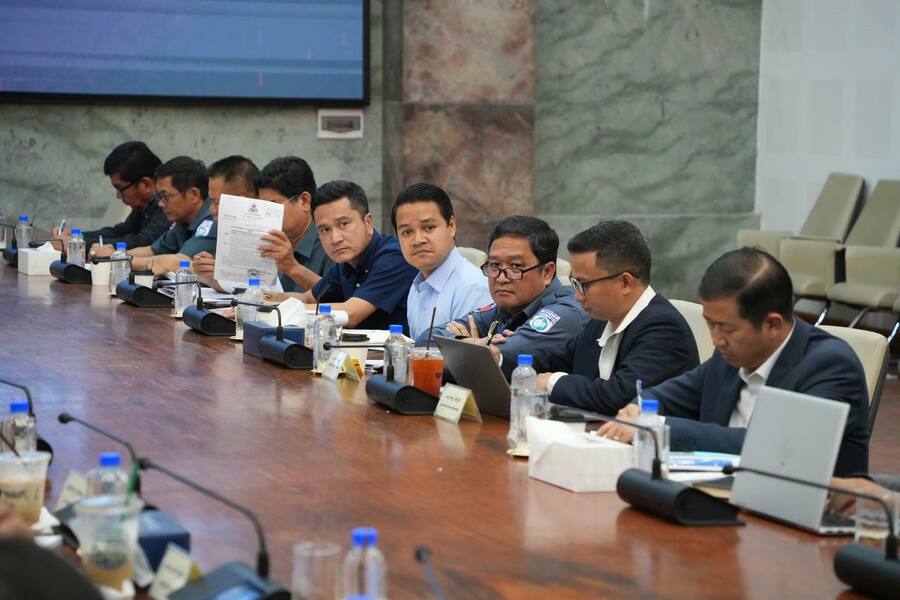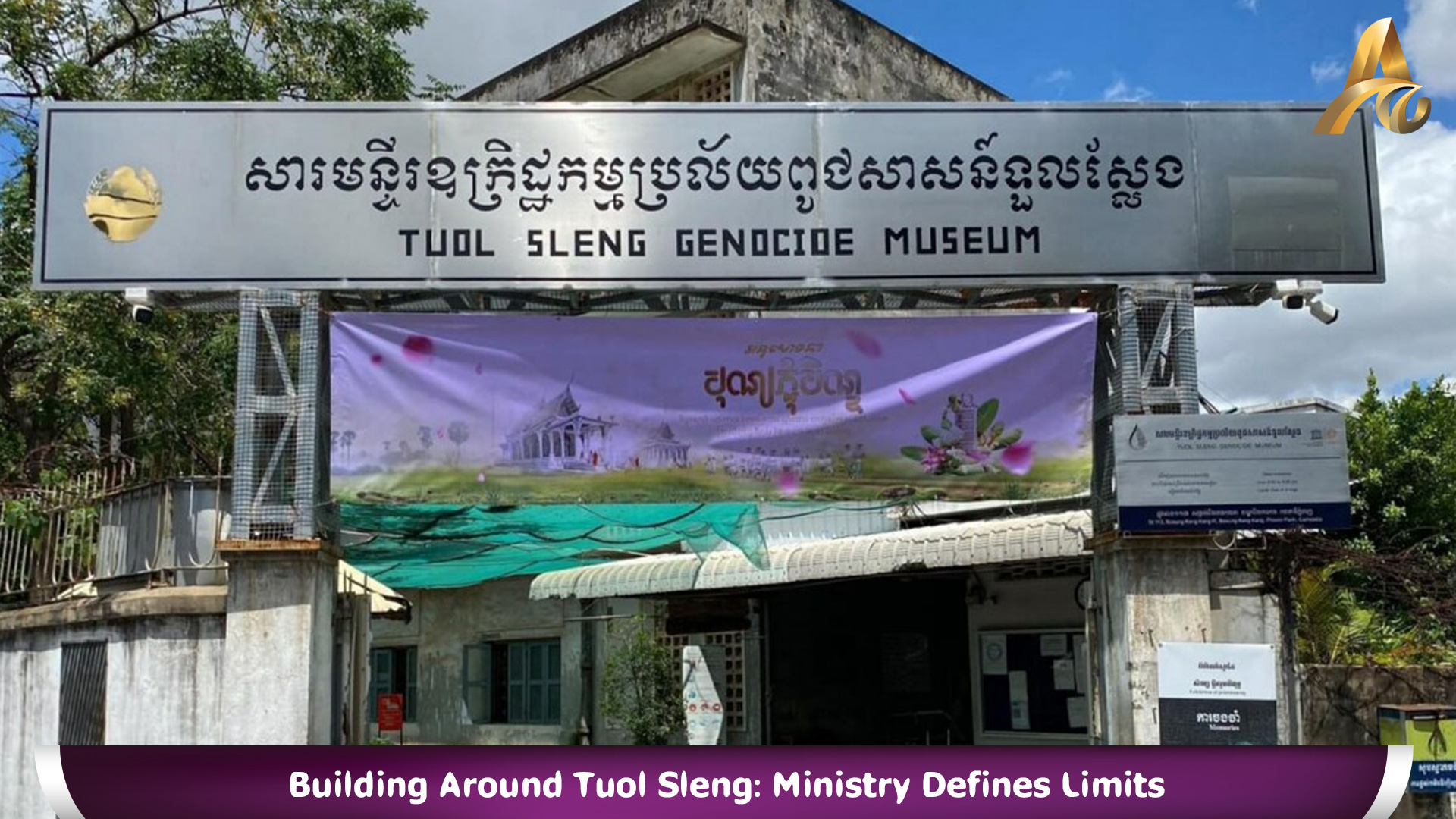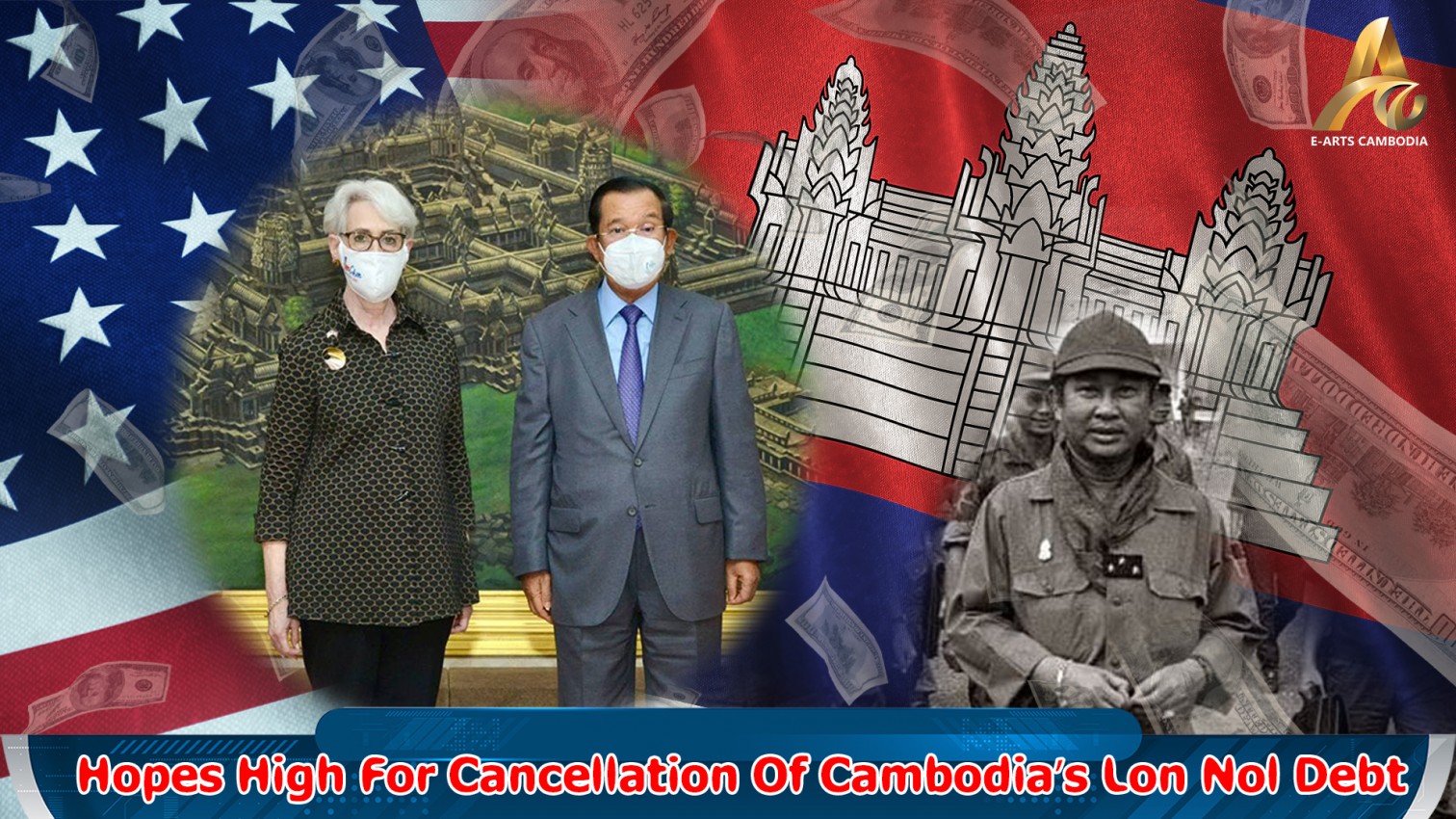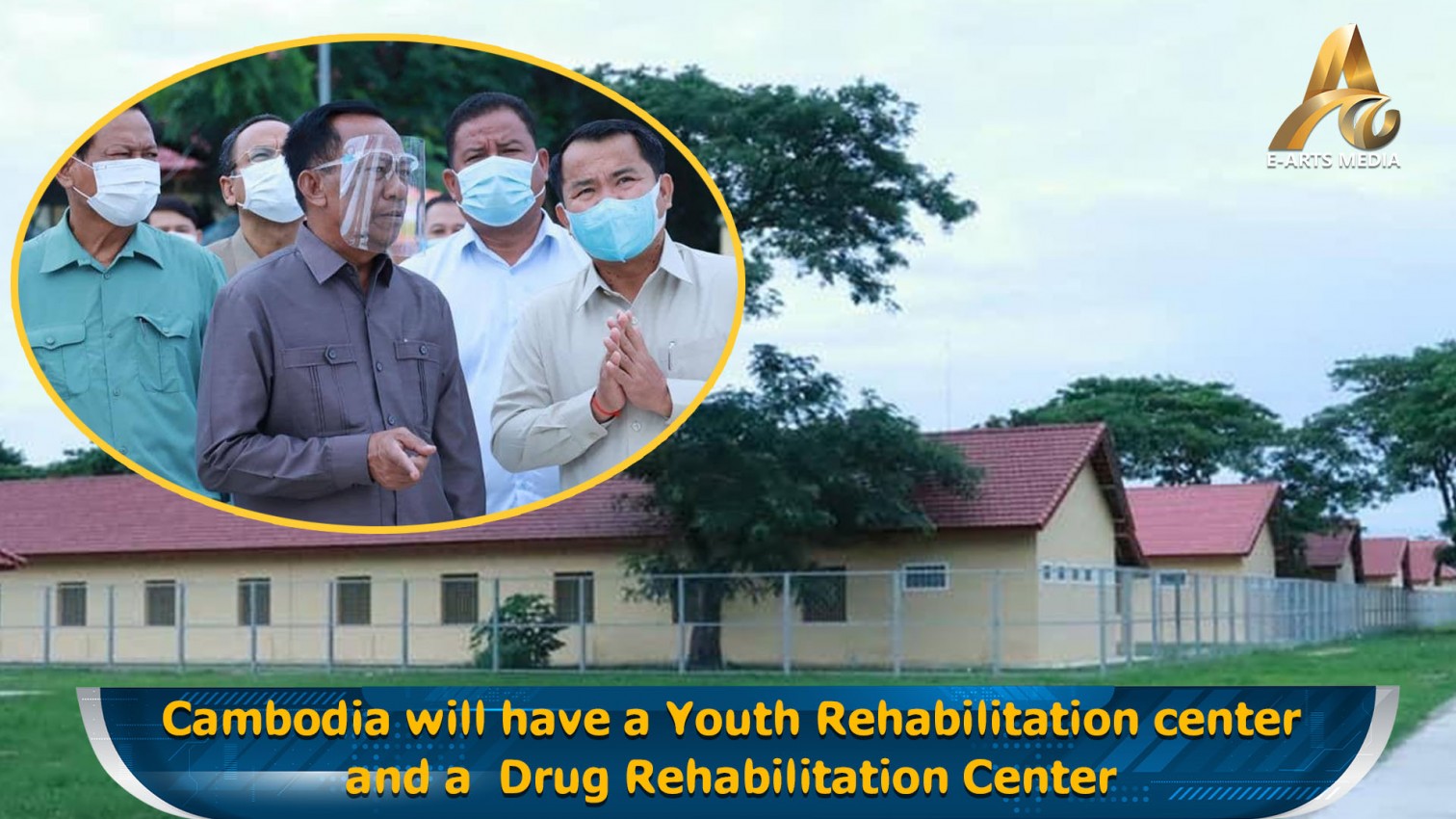Phnom Penh, 16 May 2024 – Say Sam Al, Minister of Land Management, Urban Planning, and Construction, chaired a meeting to discuss construction around the historical heritage conservation area of the Tuol Sleng Genocide Museum. The meeting took place on May 20, the Day of Remembrance for the Pol Pot genocidal regime.
Deputy Prime Minister Say Sam Al emphasized the need to clearly define construction guidelines around the historical heritage conservation area of the Tuol Sleng Genocide Museum. He stated that this will serve as a model for other cases in Cambodia.
The Deputy Prime Minister added that all constructions around the Tuol Sleng Genocide Museum's historical heritage conservation area must comply with the master plan and adhere to correct standards and regulations. He stressed the importance of working closely with relevant ministries and institutions to prepare master plans across the country, as well as improving architecture and construction to protect the historical heritage conservation area of the Tuol Sleng Genocide Museum and other conservation areas nationwide.
The area around this historical museum is notably residential. In recognition of its historical significance, UNESCO added the Tuol Sleng Museum archives to its Memory of the World Register in July 2009.
The Tuol Sleng Genocide Museum was one of 196 prisons throughout Cambodia during Democratic Kampuchea from 1975 to 1979. A brief history of Tuol Sleng Prison during the Khmer Rouge regime reveals that at least 20,000 people, including Cambodians and foreigners, were brutally killed by the Khmer Rouge.
The Tuol Sleng Genocide Museum serves as a monument to the events of the former "Security Department 21" (S-21) during the Khmer Rouge era. The former detention center is located in central Phnom Penh, which was quiet after the Khmer Rouge evacuated all people on April 17, 1975.
S-21 was one of the largest centers in the prison system of Democratic Kampuchea and served as a secret location for detention, interrogation, torture, and execution of those considered "political prisoners" by the regime. The Khmer Rouge detained prisoners and their families based on a systematic accusation system. A small number of prisoners were released after being held at S-21 between 1975 and 1979, with only 12 survivors when the United Front for National Salvation liberated Phnom Penh. Among the 12 survivors, four were children.
The S-21 Detention Center employed approximately 1,720 staff members, both directly and indirectly. Most staff were general workers, including growers, while some worked directly in administration, guarding, and interrogating prisoners.

























